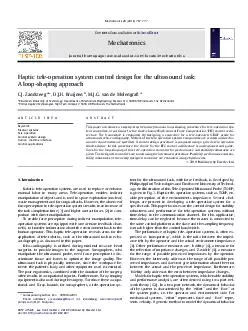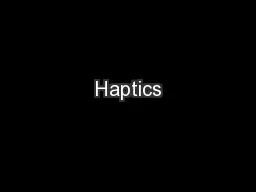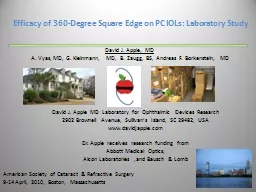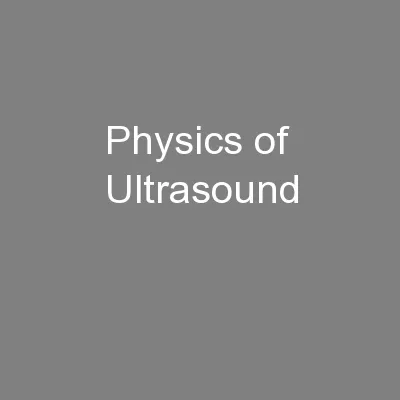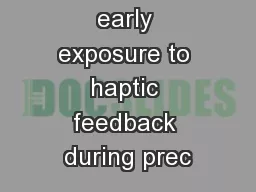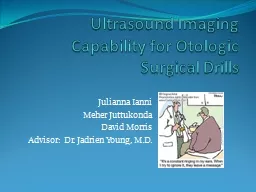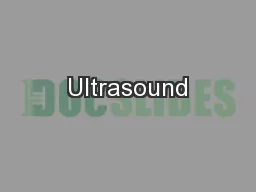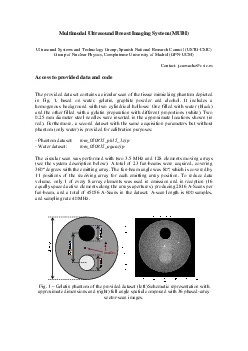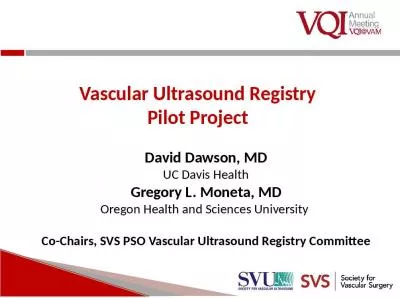PDF-Haptic teleoperation system control design for the ultrasound task A loopshaping approach
Author : tatiana-dople | Published Date : 2014-12-25
J Zandsteeg a DJH Bruijnen MJG van de Molengraft Eindhoven University of Technology Department of Mechanical Engineering Postbus 513 5600 MB Eindhoven The Netherlands
Presentation Embed Code
Download Presentation
Download Presentation The PPT/PDF document "Haptic teleoperation system control desi..." is the property of its rightful owner. Permission is granted to download and print the materials on this website for personal, non-commercial use only, and to display it on your personal computer provided you do not modify the materials and that you retain all copyright notices contained in the materials. By downloading content from our website, you accept the terms of this agreement.
Haptic teleoperation system control design for the ultrasound task A loopshaping approach: Transcript
Download Rules Of Document
"Haptic teleoperation system control design for the ultrasound task A loopshaping approach"The content belongs to its owner. You may download and print it for personal use, without modification, and keep all copyright notices. By downloading, you agree to these terms.
Related Documents

